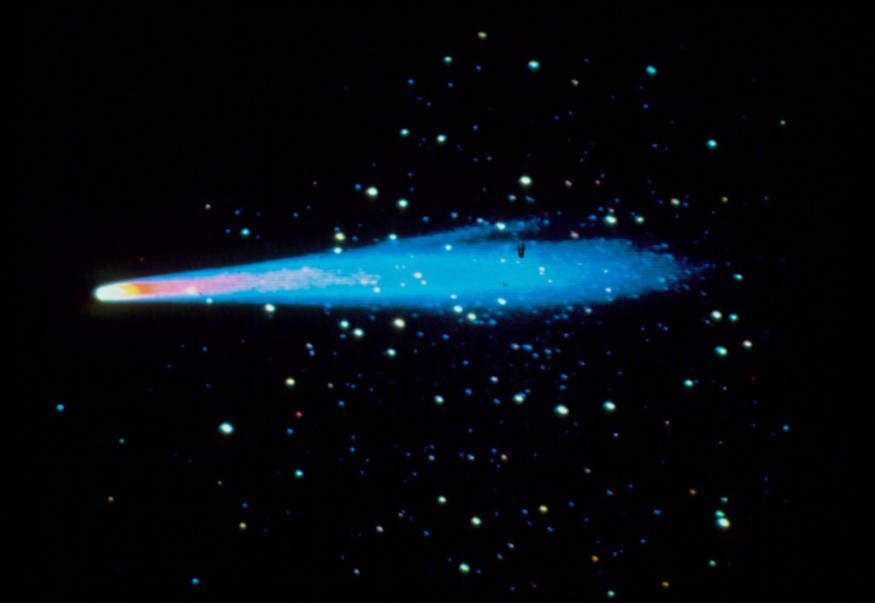This weekend, shooting stars originating from the renowned Halley's comet will grace the night sky. These meteors will seem to radiate from the Orion constellation, just above the recognizable three bright stars forming Orion's Belt, hence their name, the Orionid meteor shower.
The Orionids are formed from the remnants of dust and debris that Halley's comet has left in the inner solar system. Halley's Comet is the most famous short-period comet and is unique in that it can be seen twice in a single human lifetime.

When and How To See the Orionid Meteor Shower This Weekend
The Orionids meteor shower has been active since September 26 and will persist until November 22, with its most crucial phase set for Friday and Saturday, October 20 and 21.
During this peak period, stargazers can expect to witness approximately 10 to 20 "shooting stars" every hour. In North America, the American Meteor Society indicates that this peak will align with midnight EDT, offering an excellent viewing opportunity for the continent.
While the general advice for observing a meteor shower's peak is to look anytime after dark, the specific dynamics to consider include weather conditions and the moon's phase.
To optimize the viewing experience, clear skies are essential, especially for those willing to stay up late. The first quarter moon, although bright enough to brighten the night sky and potentially obscure the meteor shower, will set around midnight, making the early hours of Saturday an ideal time to observe the Orionids.
For the best viewing experience, keep your gaze on the night sky and avoid distractions like smartphones, as their white light can disrupt your ability to adapt to the dark. Treat the Orionids as a stargazing session, exploring the Orion constellation that rises high in the southeastern sky after midnight.
Furthermore, take the time to identify notable features, such as the red giant star Betelgeuse, which recently experienced a mysterious "great dimming," and the expansive Winter Loop of bright stars surrounding Orion. By dedicating an hour or so after midnight, provided there's a clear sky, you'll likely have the opportunity to spot "shooting stars."
Nevertheless, it's essential to manage expectations, as the Orionids are not as abundant as the Perseids, which can produce up to 100 "shooting stars" per hour during the annual August Perseid meteor shower.
READ ALSO: Orionid Meteor Shower Peak and More: Here's What To Look Expect in the Night Sky This Week
When Will Halley's Comet Return?
Shooting stars are created when Earth's atmosphere interacts with the dust and debris released by comets. Halley's comet is responsible for two yearly meteor showers: the Orionids and the April Eta Aquariids.
It was first recorded by Edmund Halley in 1682 and is renowned for being the most famous comet, signifying the concept of comets as recurring celestial visitors. It reappeared in 1758, 1835, 1910, and 1986, with astronomers tracing its appearances back over two millennia.
The last sighting of Halley was in 1986, marked by international spacecraft missions. It is set to return in 2061 on its regular 76-year orbit around the Sun. Over each orbit, the comet loses an estimated 3 to 10 feet of material from its nucleus's surface, resulting in a gradual dimming and potential loss of its ice, ultimately transforming into a dark mass of rock or dust.
Despite being in its present orbit for around 16,000 years, Halley shows no apparent signs of aging, defying the typical lifespan of periodic comets, which complete about 1,000 orbits around the Sun.
RELATED ARTICLE : Orionid Meteor Shower Begins To Light Up the Sky as Halley's Comet Nears Solar System Return
Check out more news and information on Space in Science Times.
© 2026 ScienceTimes.com All rights reserved. Do not reproduce without permission. The window to the world of Science Times.











